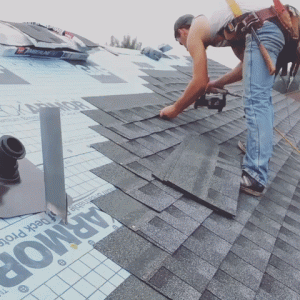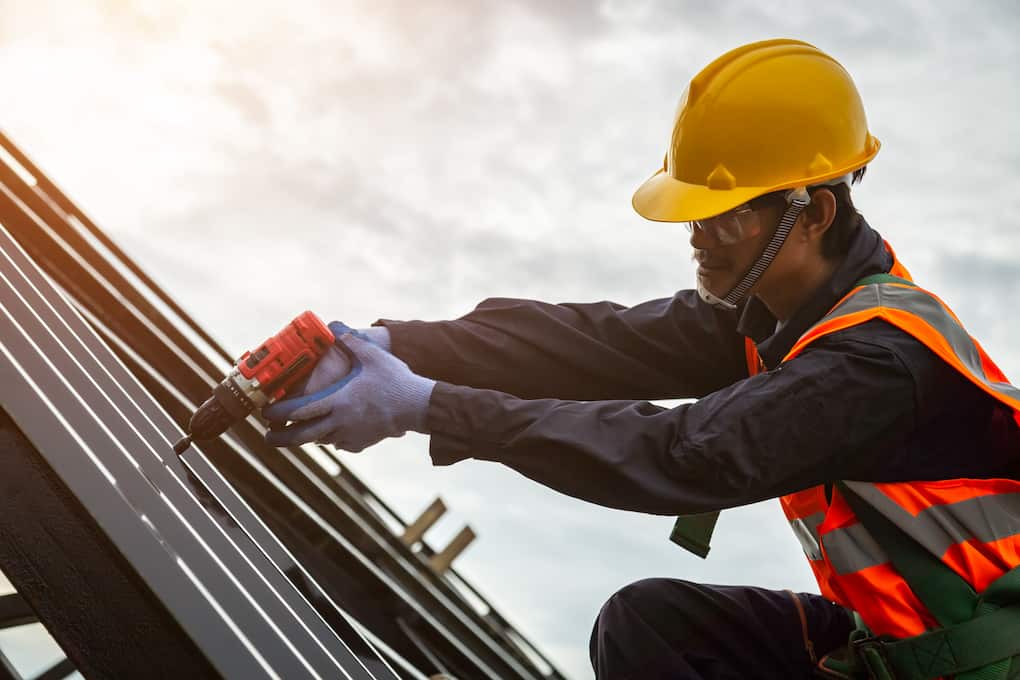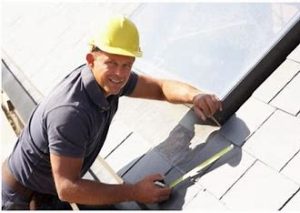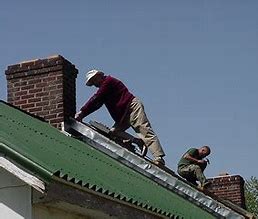Working on a roof, whether for repair, inspection, or installation, poses several risks. Falls from heights are among the most common causes of serious work-related injuries. Whether you’re a DIY enthusiast or a seasoned roofing professional, adhering to safety guidelines is paramount. Let’s explore the best practices for ensuring safety during roofing tasks.
 1. Proper Training and Planning
1. Proper Training and Planning
- DIYers: Before climbing onto a roof, educate yourself. Numerous online tutorials and videos explain the basics of roofing and safety measures.
- Professionals: Ensure regular training sessions for your team. It’s vital to stay updated with the latest safety regulations and techniques.
2. Wear Appropriate Gear
- Footwear: Wear shoes with a soft rubber sole for better traction.
- Gloves: Opt for gloves that offer a good grip and protect against sharp objects.
- Safety Harness: Whether you’re a beginner or pro, a safety harness is essential. Make sure it’s securely anchored.
- Helmet: A hard helmet can protect against falling objects, especially when more than one person is on the roof.
3. Ladder Safety
- Always use a sturdy and well-maintained ladder.
- Place the ladder on solid, level ground. Extend it at least three feet beyond the roof’s edge for secure footing.
- Always maintain a three-point contact (two hands and a foot or two feet and a hand) when climbing.
4. Be Aware of Weather Conditions
- Never work on a roof during rain or strong winds. Wet roofs are slippery and dangerous.
- Extreme heat can soften asphalt shingles, making them less durable during work.
5. Keep the Work Area Clean
- Regularly clear away debris, such as nails and old shingles. A cluttered workspace can lead to slips and missteps.
6. Use Roof Jacks and Planks
For steeper roofs, set up roof jacks and planks to provide stable platforms to stand and work on.
7. Be Electrical Safety Conscious
- Be aware of overhead power lines. Always maintain a safe distance.
- When using electrical tools, use a grounded extension cord and avoid working in damp conditions.
8. Know Your Limits
- DIYers: If a task feels beyond your skill or comfort level, don’t hesitate to consult or hire a professional. Some jobs are best left to the experts.
- Professionals: Ensure proper job delegation. The more experienced team members should handle the more challenging roofing aspects.
9. Always Work with a Buddy
It’s safer to have someone with you. They can provide immediate assistance in emergencies or keep a check on safety protocols.
10. Stay Hydrated and Take Breaks
Roofing can be strenuous. Regular breaks and staying hydrated, especially during hot weather, can prevent dizziness and fatigue.
Conclusion
Roofing tasks, while essential, come with inherent risks. However, with the right knowledge, tools, and practices, these risks can be minimized. Safety should always be the top priority—cutting corners can lead to severe injuries or even fatal accidents. Whether tackling a project yourself or overseeing a team, always ensure that safety guidelines are followed to the letter.






